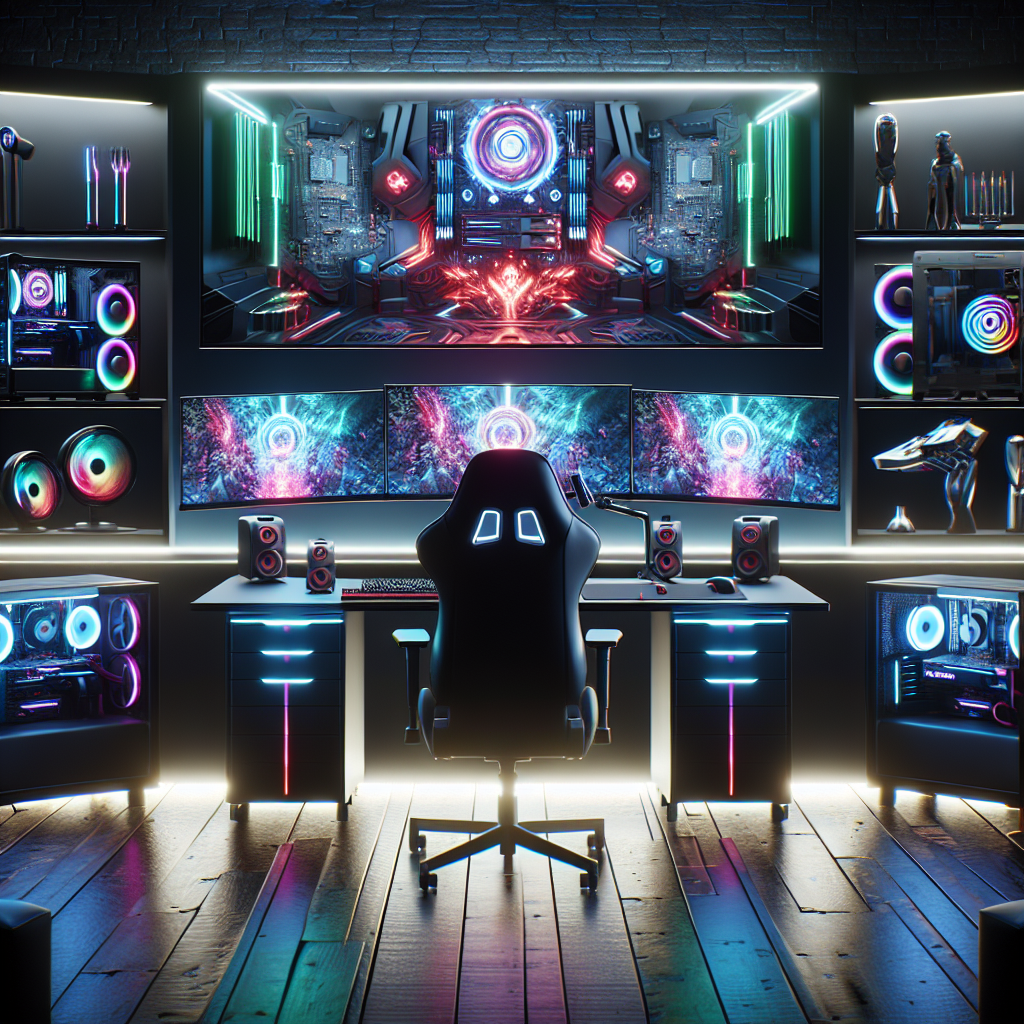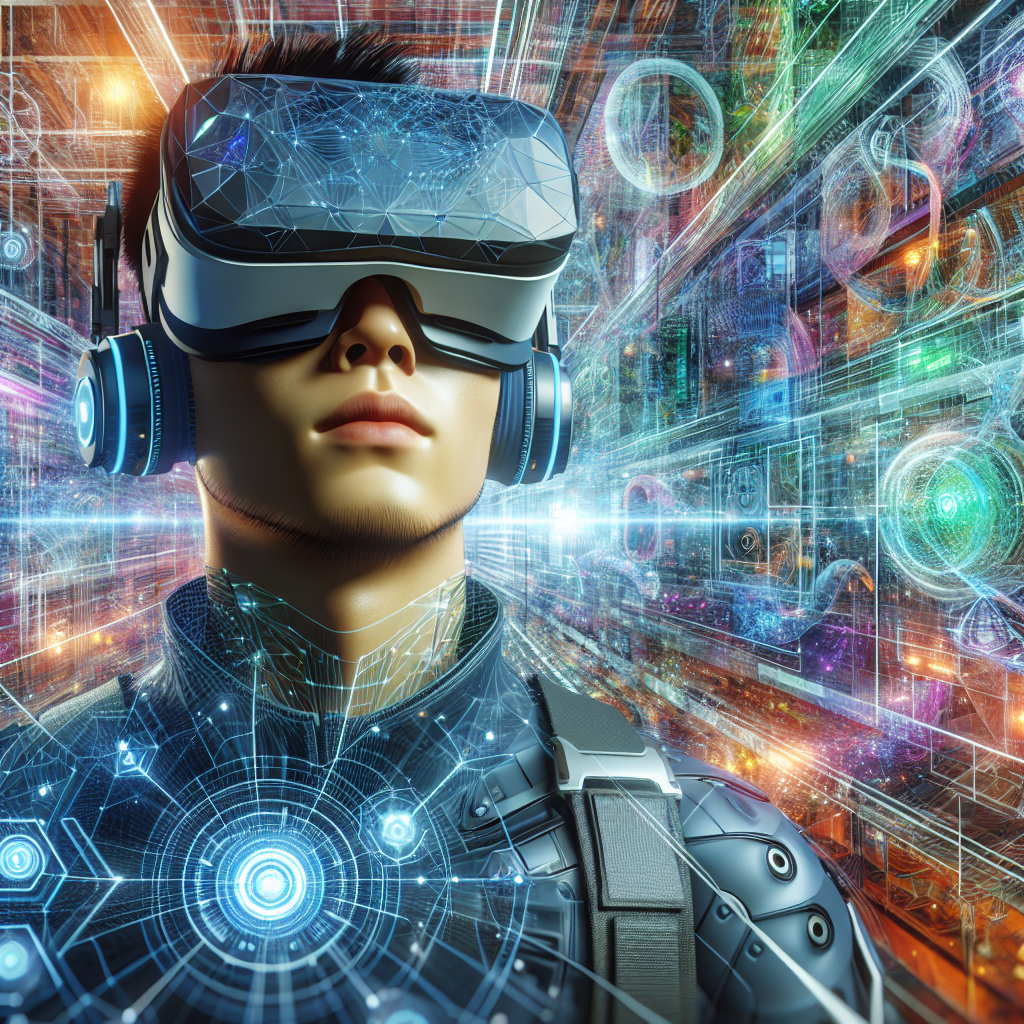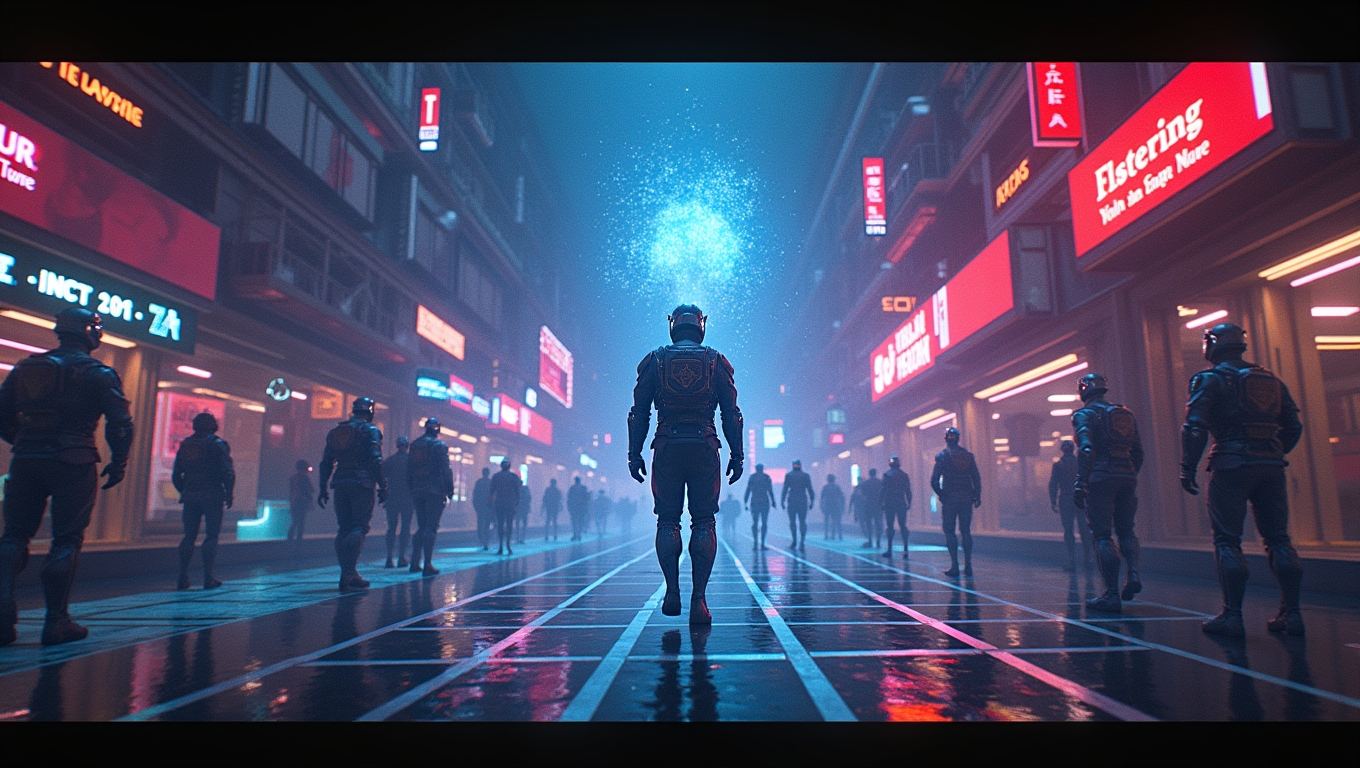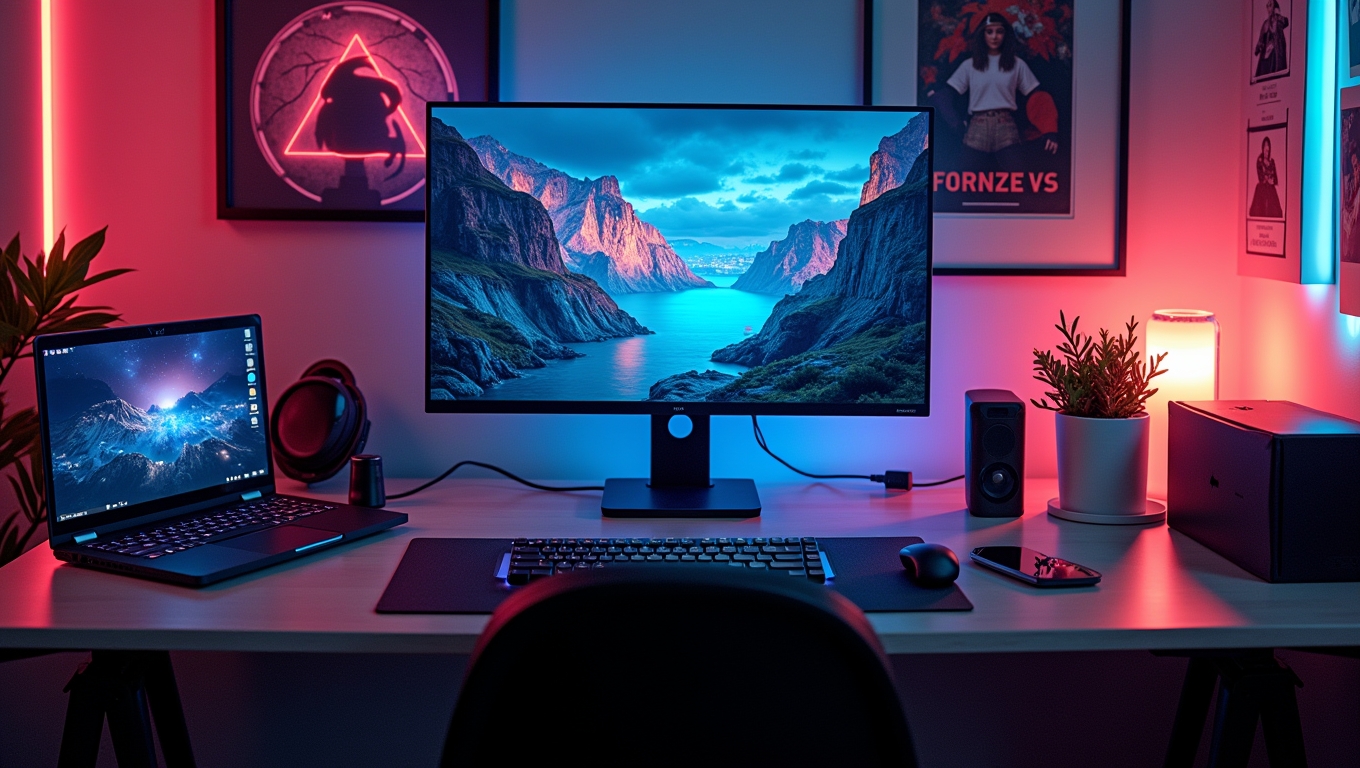AI transforming game environments is revolutionizing the gaming industry, enhancing how players interact with virtual worlds. As technology evolves, we see AI enabling more dynamic and immersive experiences that were previously unimaginable. This transformation not only enhances gameplay but also creates environments that feel alive.
Dynamic NPCs and Realistic Interactions
One significant way AI is transforming game environments is through the development of dynamic non-player characters (NPCs). Traditionally, NPCs followed set scripts and routines, limiting player interactions. However, with advanced AI algorithms, NPCs can now adapt their behaviors based on player actions. This creates a more engaging experience, as players can influence the world around them in real time.
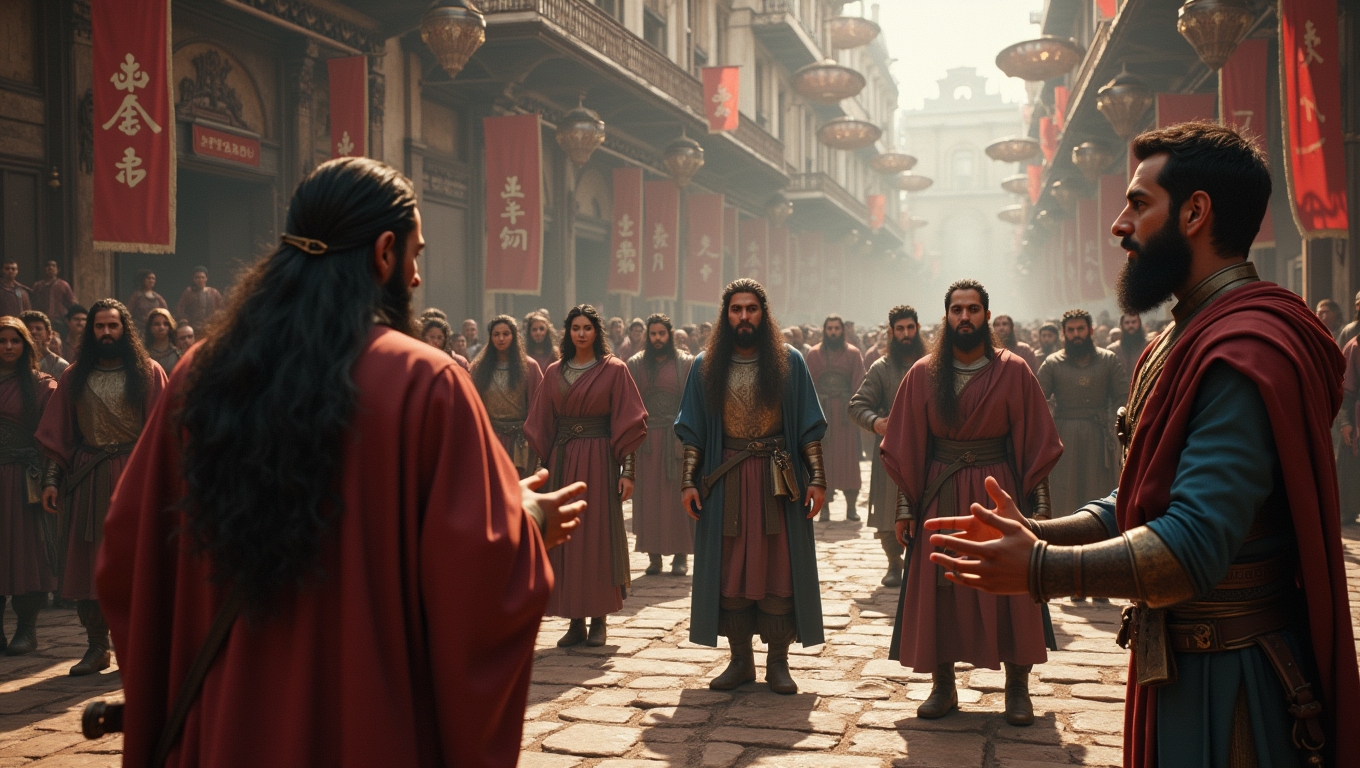
For example, in open-world games, NPCs can react to the player’s decisions, altering quests and storylines. This level of interactivity makes the game feel more organic and personal, drawing players deeper into the narrative. The use of AI in NPC behavior is a game-changer, providing a richer and more varied gameplay experience.
Procedural Generation of Game Worlds
AI is also transforming game environments through procedural generation, a method that uses algorithms to create vast, unique landscapes. This technology allows developers to produce expansive worlds without manually designing every element. As a result, players can explore diverse terrains, from lush forests to desolate wastelands, ensuring that no two gaming experiences are identical.

Games like ‘No Man’s Sky’ utilize procedural generation to create entire galaxies filled with planets, each with distinct ecosystems and creatures. This not only extends the replayability of a game but also allows for a level of exploration that keeps players engaged for hours. AI transforming game environments through procedural generation represents a significant leap forward in game design.
Enhanced Graphics and Realism
Another area where AI is making a substantial impact is in graphics rendering and realism. AI-powered tools are now capable of enhancing textures, lighting, and shadows, making game environments more visually appealing. Techniques such as deep learning and neural networks can upscale low-resolution images, providing high-quality graphics without the need for extensive resources.
Moreover, AI can simulate realistic environmental effects, such as weather changes, day-night cycles, and even wildlife behavior. This level of detail contributes to the immersion, making players feel as if they are truly part of the game world. The combination of advanced graphics and AI-driven environments is setting a new standard for what players can expect from gaming experiences.
In conclusion, AI transforming game environments is reshaping the gaming landscape. From dynamic NPC interactions to procedural generation and enhanced graphics, AI’s influence is profound. As technology continues to evolve, we can expect even more innovative changes that will further enhance how players engage with virtual worlds.
Some content and/or images on this page were created using AI.


